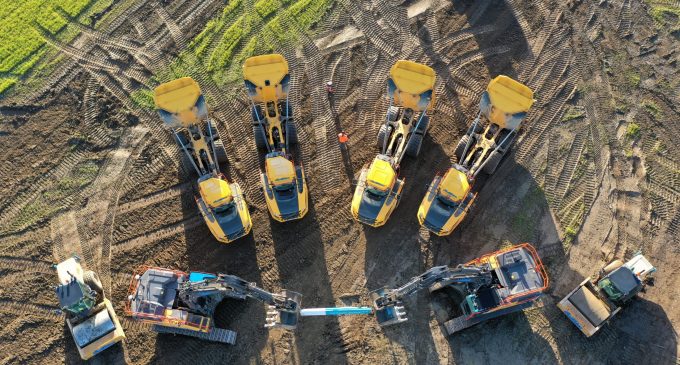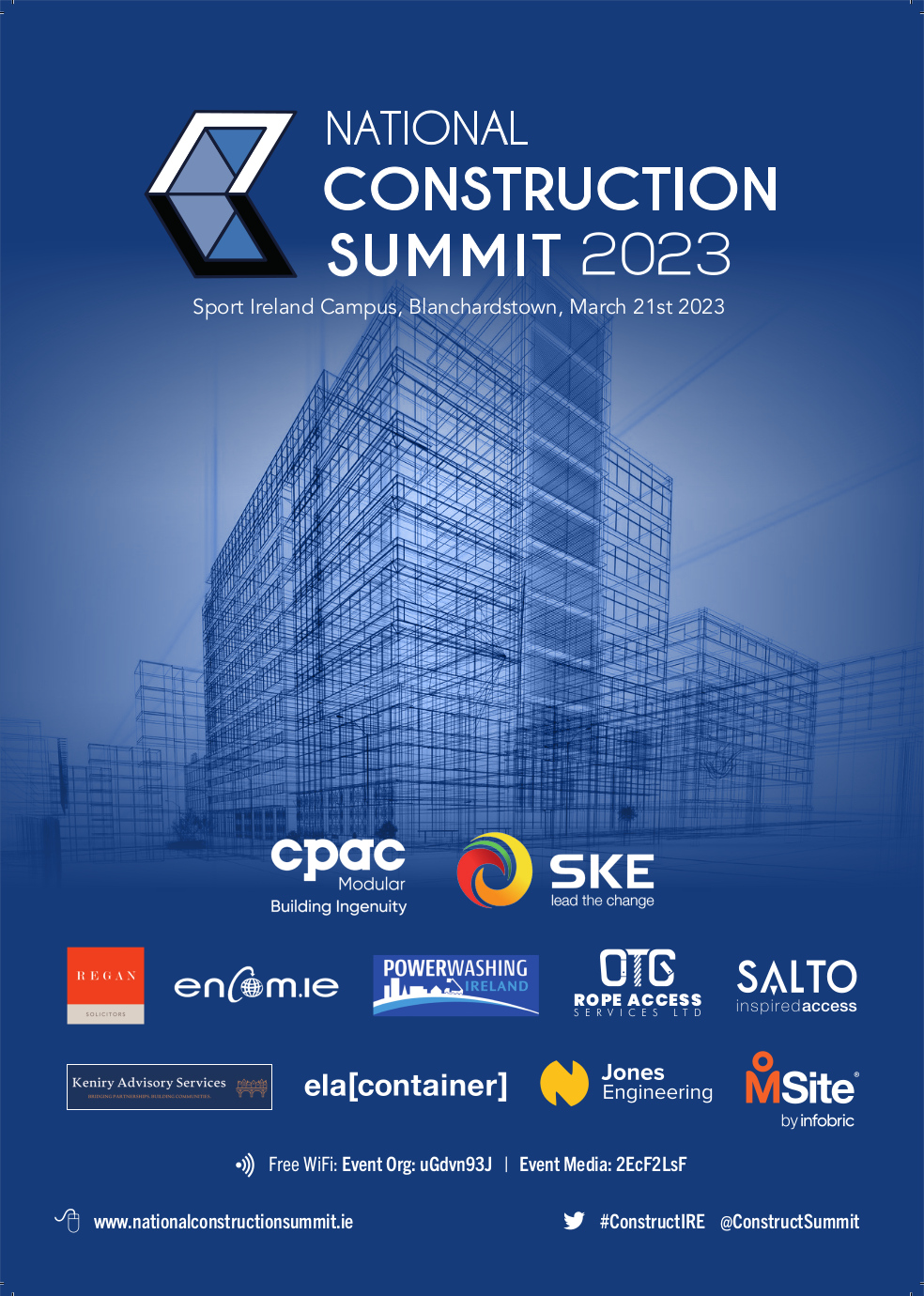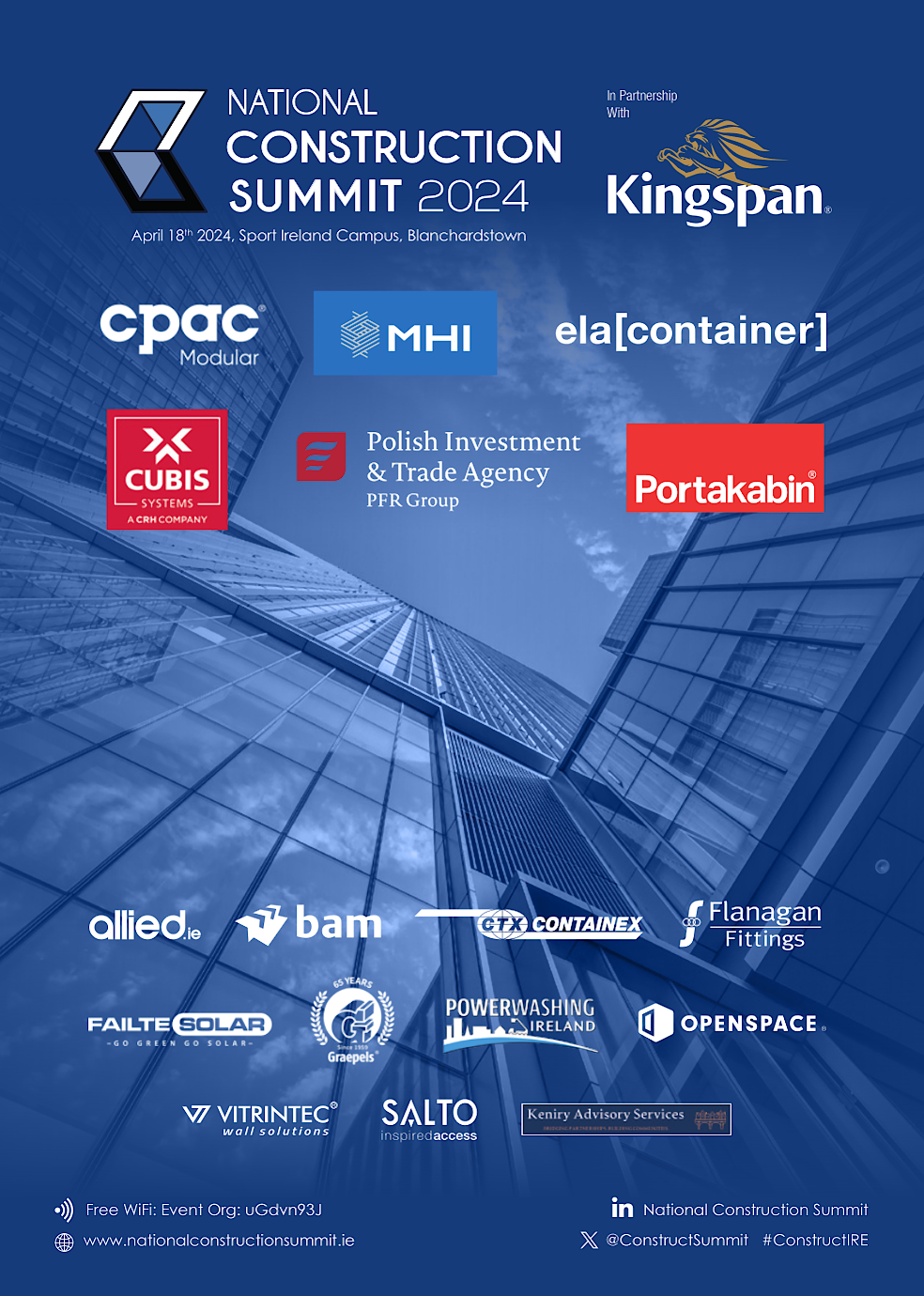The Evolving Landscape Of Drones In Construction – Where To Begin?

Back in the day, there was always a lad on site who “knows how to the drone stuff” and “Sure what would you need that lad for?” ie. Me, the drone lad. Usually, I was summoned a few months later to tidy up the mess!
In the early days established construction companies tried to take drone operations in-house, without fully assessing the variety of skillsets required to do it well and accurately. In recent times the hardware and software have moved on considerably – size, quality of craft and data capacity have improved exponentially, it has become streamlined, automated, and almost simple and companies are once again considering bringing it in-house.

Drone Space Ltd have many valuable years of experience providing solutions and delivering industry-relevant drone programs – we have teamed up with Space Industry SkillsNet and developed a 1-day crash course in “Drones Understanding the Basics” that comes with a 50% subsidy.
We provide direct learning and hands-on experience enabling us to help you design a bespoke roadmap for your organisation. See the attached leaflet and get in touch. We host courses across Ireland and can even come and deliver a course at your business location.
The current perceived barrier to entry is European regulation and compliance adopted over the last few years, which aims to provide clarity across the European Unmanned Aerial Vehicle (UAV) sector, this has shifted focus to an elevated professional approach – long term, this will create a plateau of guaranteed high-quality service and data providers regulated by the Aviation Authority, held to a similar standard as traditional aviation. This will cost in the short term but ultimately the Ryanair’s and Etihad’s of the drone world will emerge and contractors will be able to make more informed choices.
In the medium term, it is still possible for small and inhouse operators to function in vast portions of Ireland that are uncontrolled skies or have reasonable drone restrictions in place, but you must be registered and carry suitable insurance – no exceptions, there is no such thing as just throwing up a drone for a minute.
The short-term current regulatory disarray and approvals process in Ireland has many operators considering their options on whether to continue at all or increase time and investment into their business. The landscape is shifting and it will take time to see how the cards will fall. Drones have become familiar tools on almost every site everywhere, what does this really mean? What is their purpose and how does it improve the bottom line?
Ruling out pretty sales pictures of recently finished gleaming buildings we have to look back to the greenfield site. It is likely that a drone was used to initially capture the empty space for planning/site selection/sale, augmenting survey data to add detail to maps and identify elevation, and routinely used for volumetrics, project management and progress reporting on larger sites.
The value to derelict sites providing detailed 3D modelling offers time-saving and increased safety for all parties to access the inaccessible by squeezing drones into confined spaces and hard-to-reach places at a fraction of the cost compared to traditional methods.
Future advantages will see drones autonomously and remotely surveying sites and security companies managing unwanted incursions from afar. Heavy lift drones will replace the need for closing a street for half a day to facilitate a crane for a handful of awkward lifts.
The list of advantages applies to all parties on the ladder of project delivery, Drones have become so relevant in the construction sector that leaders often fail to recognise how useful they are on site and how often their services are applied to general workflow from a holistic perspective. Quality,
safe, reliable and affordable outputs with a quick turnaround.
There are varying levels of licencing and compliance from hobbyists all the way up to the equivalent of a drone airline. It can be a myriad of confusion to figure out what applies to your needs, what craft to choose, the best software available, the level of skill required and what the associated costs are.
Source: Ian Kiely, CEO of Drone Space Ltd.







